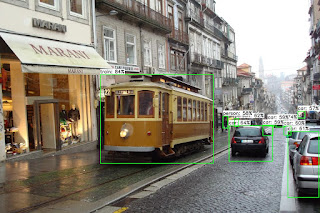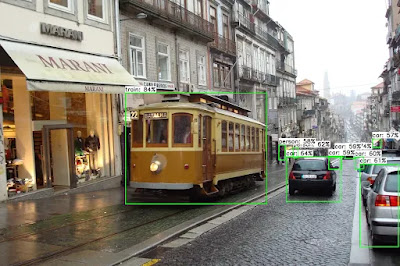The kernel portion of the Linux driver for the Rockchip NPUs has been merged into the maintainer tree, and will be sent in the next pull request to Linus. The userspace portion of the driver has just been merged as well, in the main Mesa repository.
This means that in the next few weeks the two components of the Rocket driver will be in official releases of the Linux and Mesa projects, and Linux distributions will start to pick them up and package. Once that happens, we will have seamless accelerated inference on one more category of hardware.
It has been a bit over a year since I started working on the driver, though the actual feature implementation took just over two months of that. The rest of the time was spent waiting for reviews and reacting to excellent feedback from many contributors to the Linux kernel. The driver is now much better because of that frank feedback.
What I see in the near future for this driver is support for other Rockchip SoCs and some performance work, to match that of the proprietary driver. But of course, with it being open source, contributors can just start hacking on it and sending patches over for review and merging.
I'm now working on further improvements to the Etnaviv driver for the Vivante NPUs, and have started work with Arm engineers on a new driver for their Ethos line of NPUs.
So stay tuned for more news on accelerated inference on the edge in mainline Linux!





.jpeg)